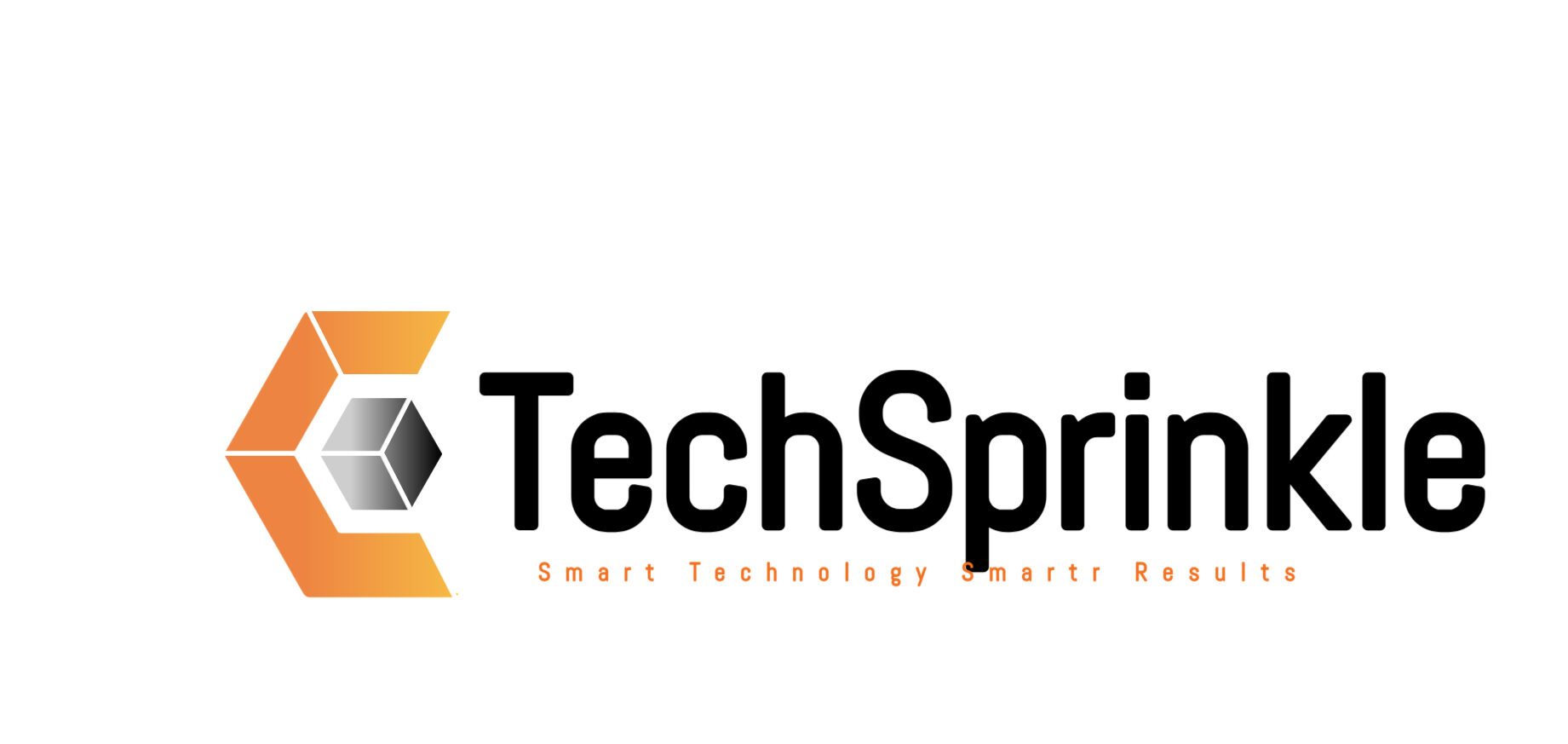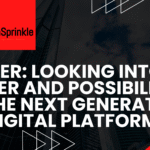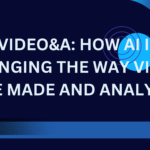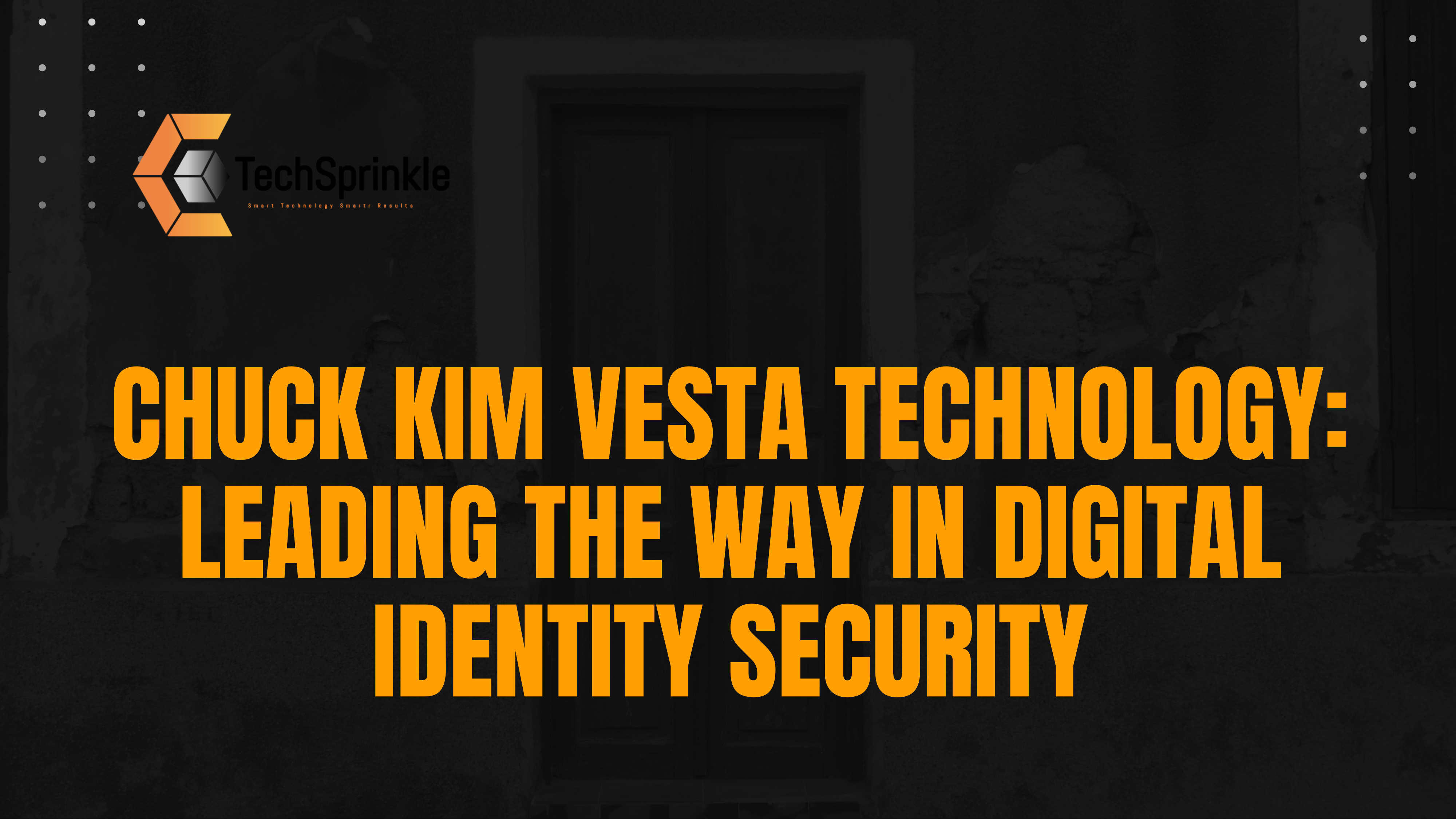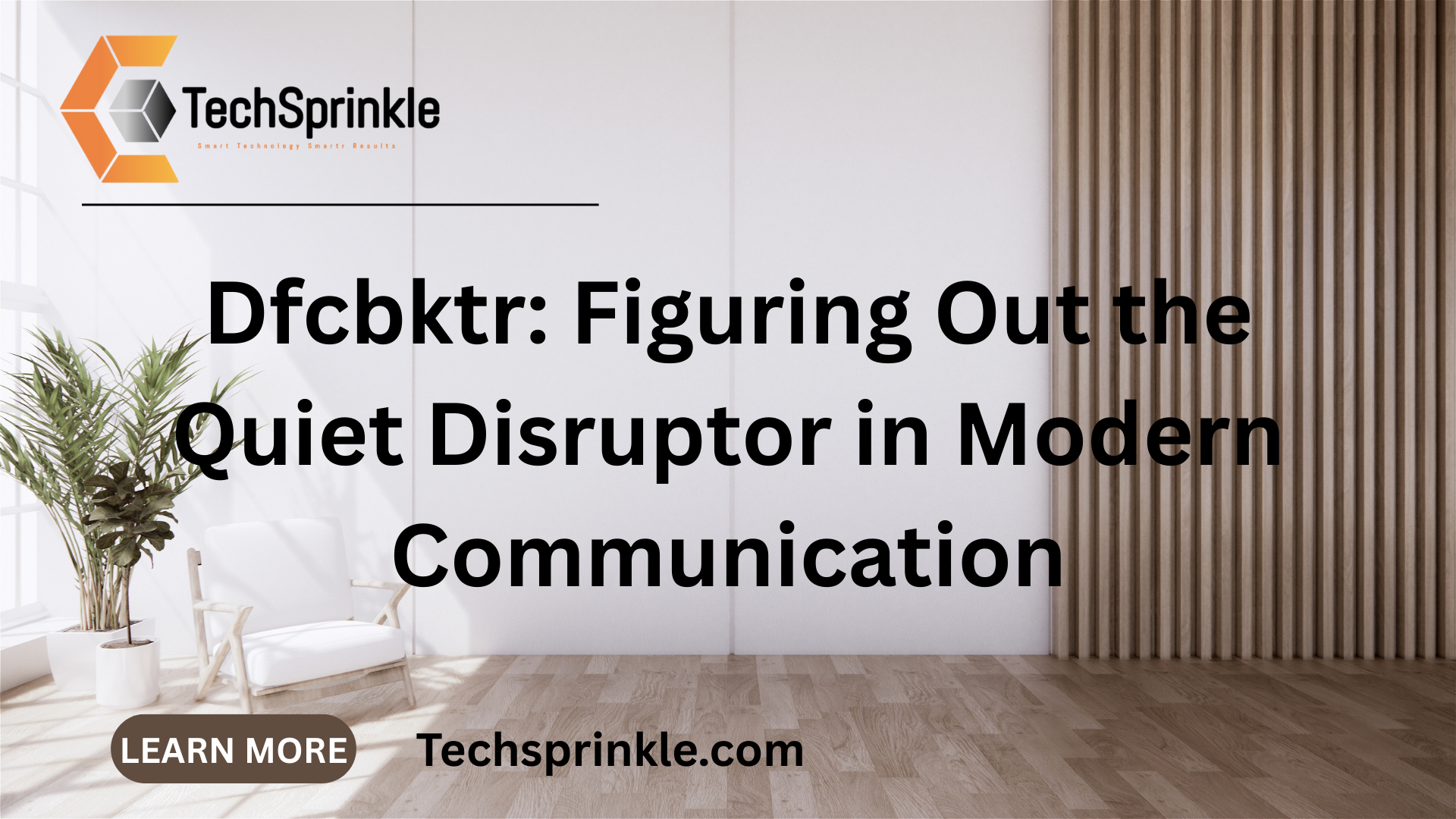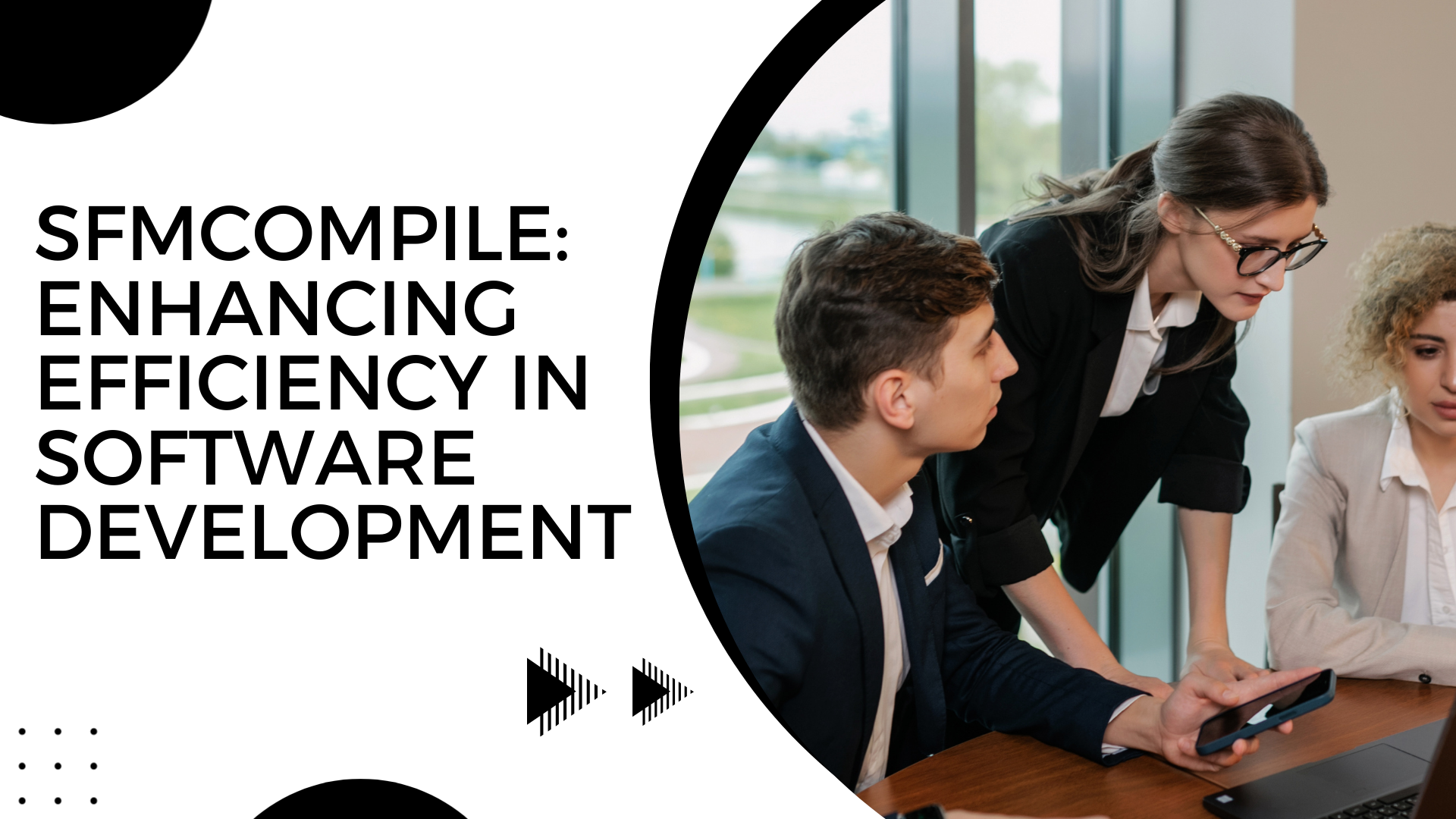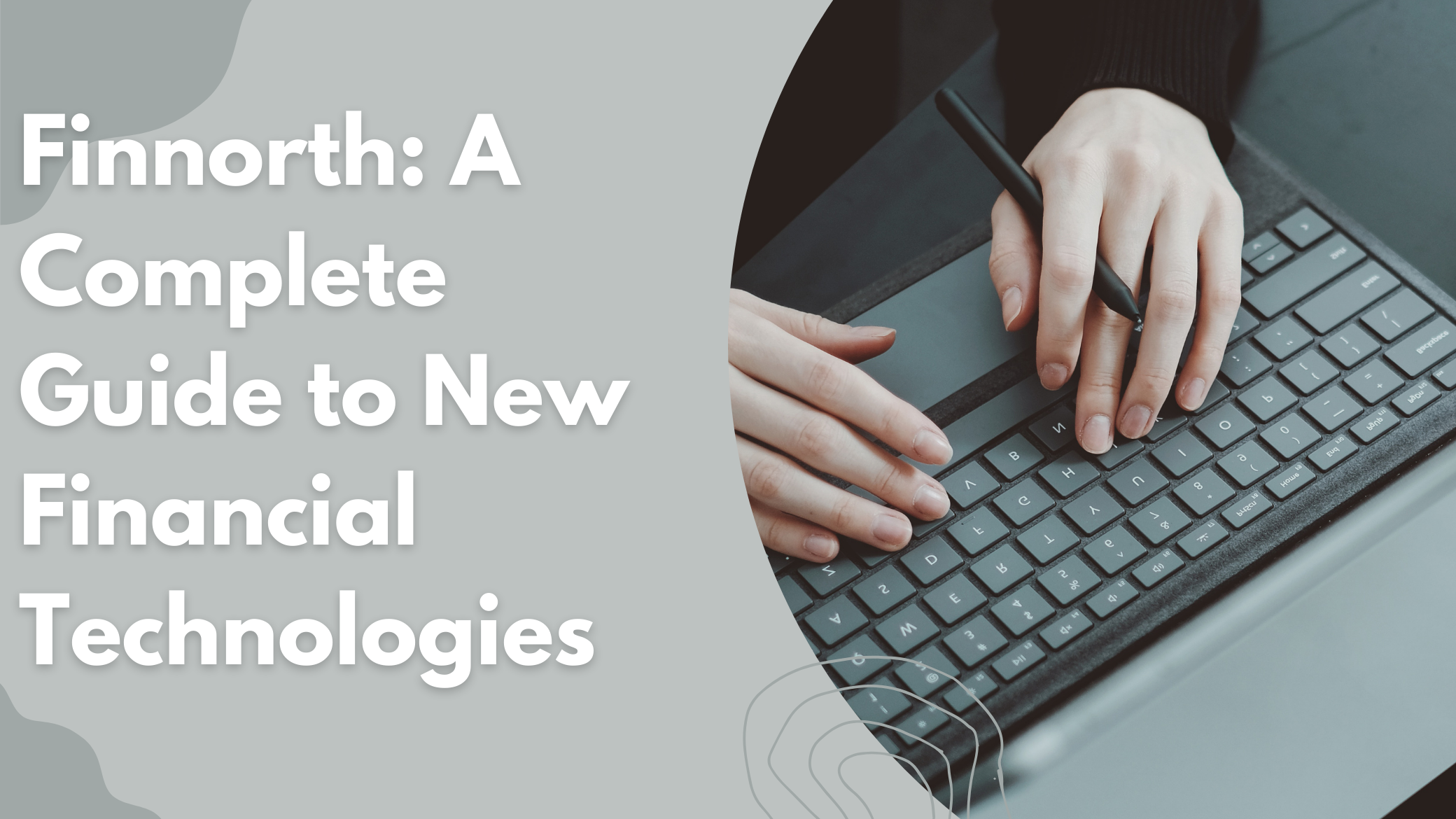Table of Contents
Beginning
Language is not a fixed object; it is a dynamic phenomenon that grows in tandem with culture. Every time period sees the creation of new words which are influenced by technology changes in society and people’s need to communicate clearly. How we talk to each other is always changing from the acronyms used in early chat rooms (LOL BRB) to the emoji-filled conversations we have over text. A new more subtle change is happening now and it’s going from the screen to our daily speech. There is a strange and seemingly meaningless word that describes this phenomenon: Dfcbktr.
This word pronounced “duff cue-biter” doesn’t have a proper meaning in a dictionary. Instead it stands in for a common way of communicating in the present world: De-Facebooking Translation. It talks about how to turn the rules of digital text based communication shortness lack of formality and relying on visual and contextual cues into real life face-to-face discussion. This blog will talk about the Dfcbktr phenomena. We’ll talk about what it means why it’s happening and how it shows up in our daily lives. We’ll look at its possible benefits and its big societal costs talk about the main reasons people are using it and then think about how it affects the way people connect with each other.
What is Dfcbktr?
Dfcbktr (De-Facebooking Translation) is when you unconsciously bring your internet communication patterns into face-to-face conversations. It’s like muscle memory for language: the brain uses the same principles for spoken discourse that it learned from texting messaging and commenting online for hours on end.
The word itself is a meta-example of what it means: a short almost secretive abbreviation that needs to be decoded. In real life Dfcbktr shows up in a number of ways that are easy to see:
Saying “IRL” (In Real Life) “FTW” (For The Win) or “IMO” (In My Opinion) out loud in a sentence is an example of a verbal acronym or initialism.
Emoji Description: Using emoji names to express complicated feelings or ideas such “That feeling was just… facepalm” or “I’m 100 emoji about it.”
Tonal Flatness and Declarative Statements: Using the flat context-free tone of a text message often takes away the vocal complexity comedy or empathy that would normally come through tone of voice which can lead to misconceptions.
Phatic Communication Loss: Less “social grease” in conversation like “how are you?” and “did you have a good weekend?” short chat that makes people feel good. When you talk to someone in perso the directness of digital communication might come off as rude.
Reaction Narration: Verbally expressing a reaction you could otherwise show with an emoji or a “like” as stating “I’m sending you a crying-laughing emoji right now” instead of just laughing.
What is causing the Dfcbktr Phenomenon?
This new way of communicating through translation is not a conscious choice; it is a natural adaptation of our brains and society to our new surroundings.
Neurological Rewiring: Our brains are amazing at finding patterns. When we talk to each other in a certain way for a long time those neural connections get stronger and become the easiest to reach. The barrier between our “digital” and “analog” selves starts to fade.
The Importance of Digital Socialization: For younger people digital platforms like Facebook Instagram TikTok and messaging applications are not just ways to talk to each other; they are the main ways they communicate with each other and develop their identities. It’s normal for the language of this main area to become their first language which is then used in other places.
Speed and Efficiency: Digital communication is made to be quick. Acronyms and emoticons are good ways to get across message. People often try to keep that efficiency by turning things into speech which means getting to the point fast without the “inefficiency” of social niceties or long explanations.
Bridging the Context Gap: An emoji in a text gives important emotional context that words alone might not be able to. When talking in person where tone and body language should give that context a Dfcbktr speaker can still feel the need to say “lol” or “facepalm” to make sure their emotional state is clearly evident. This could be because they are trying too hard to make up for a skill that isn’t fully developed.
How Dfcbktr Shows Up in Daily Life Dfcbktr helps us understand a lot of today’s social interactions:
In the workplace a new intern might say “TYSM!” (Thank You So Much!) at the end of a verbal request to their boss or they can say that a project setback was “a total SMH moment.”
In school a student might remark “I just forgot IDK” to explain why they didn’t do their homework. They could use the digital shrug of “I Don’t Know” to end the conversation.
In social situations friends might say “We should totally go it’s going to be fire emoji” or someone relating a story would stop to say “Insert crying laughing emoji here.”
The Dfcbktr Communication Style: Good and Bad
Pros Disadvantages
Encourages Efficiency: Can speed up discourse by employing agreed upon words and shortcuts.
Erodes, Nuance and Empathy: Relying too much on digital, shorthand can stop you from developing the rich emotional vocabulary you need to connect deeply and empathically, with others.
Using a common modern: language might help people in a generational or cultural group feel like they belong and be more connected to each other.
Causes Generational Divide: It can make it hard for those who use this language to talk to and comprehend others who don’t (for example between Gen Z/Millennials and Baby Boomers).
Represents the Present Day:It is a true picture of how a lot of people live and talk to each other these days.
This approach might make you look unprofessional immature or not serious in formal situations like a job interview a courtroom or a meeting with a client.
Can Improve Description: There are moments when “facepalm” is the best way to describe a certain kind of frustration.
Possible Social Anxiety: People who find it hard to talk to people in person without a script may use these words as a crutch.
Important Things to Know About the Dfcbktr World
Being alert and flexible is important for getting through this language change.
Context Awareness (Code-Switching): The most important skill is being able to code-switch or know what language to use in a particular context. The way, you talk to pals at a coffee shop should be different from how you talk to people in a boardroom. To be fluent with Dfcbktr you need to know when to use it and when to switch to a more formal register.
Digital Literacy vs. Social Literacy: You can study digital literacy in school but social literacy which includes reading a room understanding tone of voice and making eye contact is something you learn by doing. Both are important for a well-rounded education and upbringing.
Intentional Communication: Instead of using digital habits you should make an effort to be present in face-to-face interactions listen carefully and use all of the verbal and non-verbal clues available.
Patience and Understanding: People from older generations can try to learn the new language and people from younger generations can be patient and clear when talking to people who aren’t as good at it. Judgment in either direction makes it harder to connect.
Final Thoughts
Dfcbktr isn’t just a stupid acronym or a language trend. It is a strong evidence of a big change in culture. It shows how digital technology has had a big and enduring effect on the brain and on the way we communicate with each other. It’s not all good or all negative; it’s just the way things are in a society where everyone is linked.
The problem and opportunity are in how we respond. If you ignore it you risk becoming irrelevant and creating a bigger gap between generations. If we let it take over without realizing it we could lose our ability to communicate deeply in a nuanced way and with empathy which is what makes us human. The best way to move forward is to be consciously bilingual: be fluent in the efficient connected language of the digital world and also be committed to keeping the rich nuanced and ultimately irreplaceable art of talking to people face-to-face. We can choose to be translators not just travelers in the evolution of our own language if we comprehend Dfcbktr.
